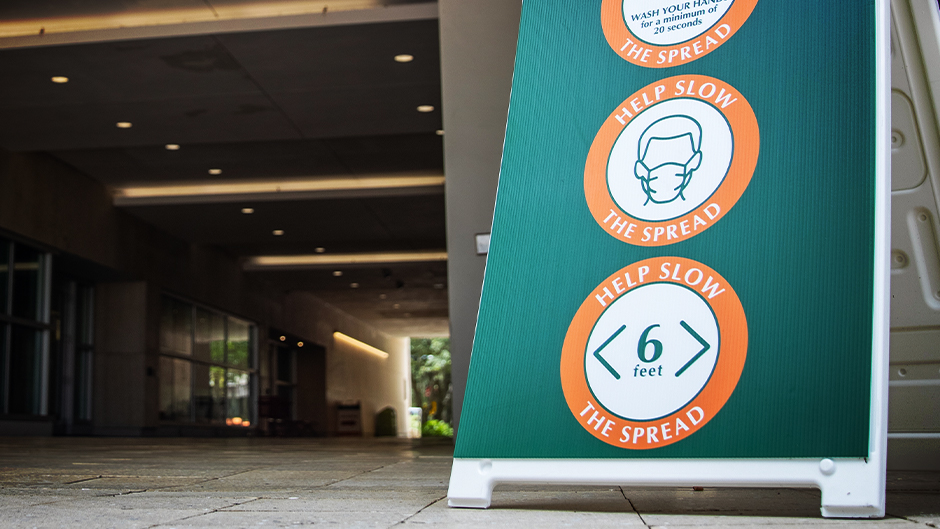There’s a surprisingly large group of people who simply don’t know that masks will work for them. According to a recent CNN report that cites published studies examined by the WHO, the risk of contracting the virus is 17.4 percent if you don’t wear a mask, versus 3.1 percent if you do. This ignorance is partly a result of government messaging early in the crisis that masks would not prevent you from catching the virus but would only prevent you from giving it to others.
The purpose here was to prevent a consumer-run on masks at a time when there was insufficient supply.
In addition to those who don’t know the facts, there are five distinct groups of conscious mask rejectors.
First are the Invincibles, those at COVID parties who regard themselves as invulnerable to the virus and likely to recover quickly or be asymptomatic if they catch it. They are self-absorbed and unconcerned about the common good.
A second partially overlapping group are the Fashionistas, usually, young singles who find wearing a mask undermines their self-image and ability to socialize effectively.
A third group are the Fatalists, people (including some evangelical ministers) who put their trust in a higher authority to protect them and believe they are fated or not fated to contract the virus. These are the folks who might also refuse to take a vaccine, if and when available.
Fourth are the Libertarians, people who consciously put individual freedom ahead of the common good and view not wearing a mask as a political statement. Many of those attending Trump rallies fall into this category.
Fifth are Front-line Workers, a group that embraces a large swath of employees from health care providers to grocery store clerks to construction workers. They are compelled to wear masks for long hours on the job who understandably want to take them off during their lunch breaks or after work.
Simply making mask-wearing mandatory in public places and imposing fines will motivate some of the people in these five groups to comply, but far from all. And the compliance that does occur will erode quickly if there’s a significant minority who defy authority, too many to arrest or fine.
Creative solutions beyond mask mandates, both financial and motivational, are needed to help us return to normal while reducing risk. For example, a pay-by-phone app could be quickly adapted to ration and sell access to popular public spaces such as area parks and beaches with smartphone tracking of subscribers enabling fines for overstaying a maximum stay of one or two hours.
Meanwhile, mask compliance can also be motivated by relevant messaging tailored to each of the five rejector groups. In some cases, sharing the facts will work. Broad appeals to community responsibility are less likely to impact the rejectors than underscoring the risk to family members and friends. But to motivate young people who are partying outdoors, we need to focus on peer pressure, making it clear that it’s not cool, in fact, it’s plain dumb, not to wear masks. Adding humor to the messaging can increase its impact. More people will wear facial coverings as they become fashion statements in different colors, with different designs. And celebrities with big social media followings among young people can also increase adherence.
Don’t just mandate masks. Make masks fun.

